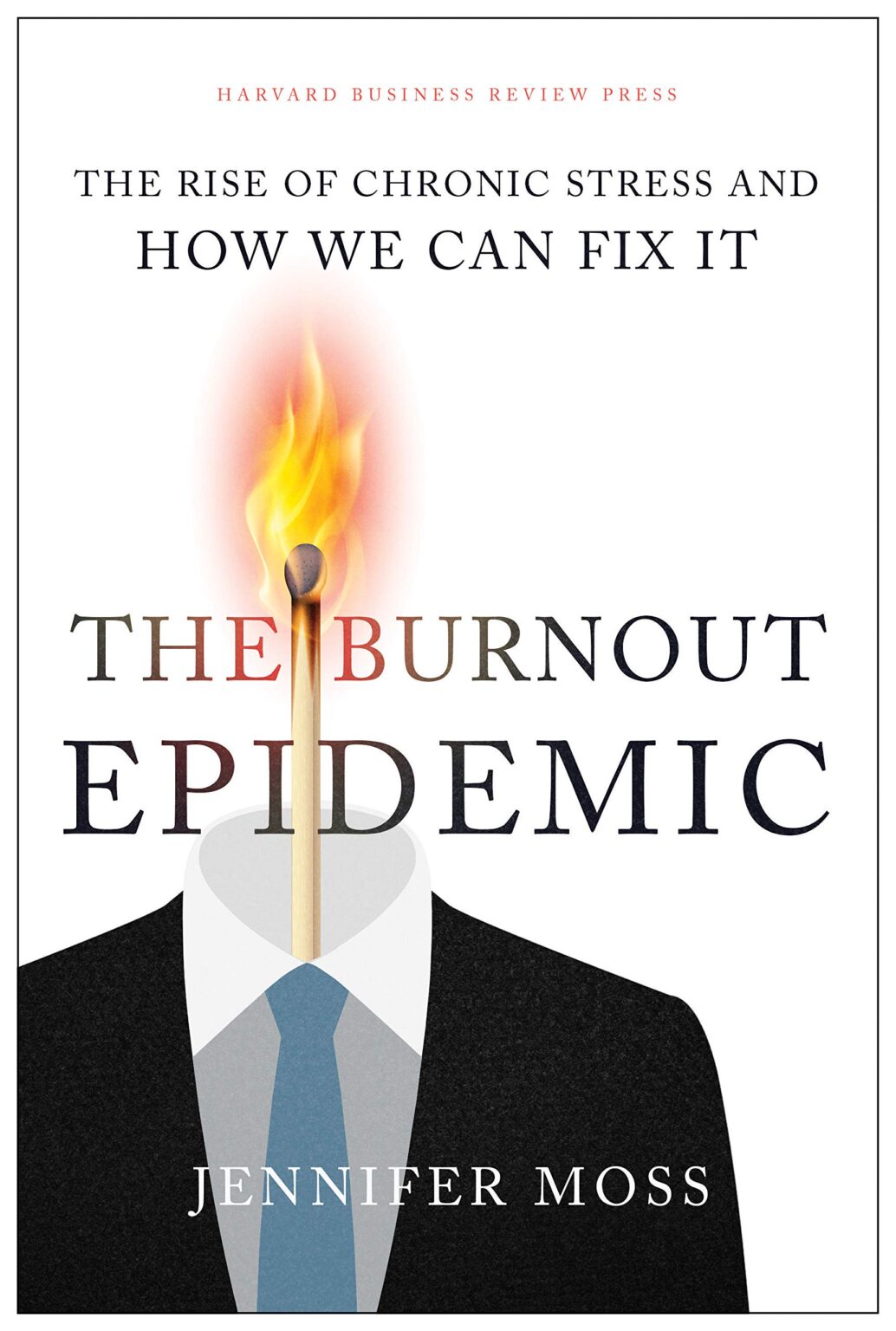Self-Care Is Not The Solution for Burnout

In the second half of 2021 I sent out a survey to find out what your organizations and managers have done right since the pandemic began.
More specifically, I wanted to hear what helped you to feel less stressed and how your leaders and supervisors demonstrated they cared about your well-being.
Thank you to everyone who took the time to respond!
Some clear themes emerged in your answers that are worth sharing.
In no particular order, this is what you, the workers, appreciated and want more of:
- Consistent, transparent communication
- Flexibility
- Appreciation
- Sustaining pay and benefits
- Authentic concern/care
No one said they wanted their organization to provide more yoga.
And that’s where the inspiration for our next book highlight comes from…
This month we have an excerpt from the 2021 book The Burnout Epidemic: The Rise of Chronic Stress and How We Fix It by Jennifer Moss:
“If you want to address the burnout problem, the first step is repeating and internalizing this mantra:
Burnout is about your organization, not your people.
Yoga, vacation time, wellness tech, and meditation apps can help people feel optimised, healthier. But when it comes to preventing burnout, suggesting that these tools are the cure is dangerous…
We can no longer suggest wellness strategies that place ownership on individuals for preventing and managing their own burnout.
Instead, we need to look at ourselves as leaders, at the role our organizations play….
Burnout is most often triggered by [one or a combination of]:
- Workload
- Perceived lack of control
- Lack of recognition and rewards
- Poor relationships
- Lack of fairness
- Values mismatch
The roots of burnout are often associated with poor [organizational] hygiene.
Basic needs must be met…paying people what they’re worth and on time; they feel physically and mentally safe; everyone knows what they’re doing or can get access to tools and resources if they don’t; people get along – you know, the basics.
When people are complaining, we shouldn’t assume they’re being ungrateful or whiny and dismiss them.
We need to say, “How can we help?”
Andinstead of asking, “What do I do about burnout?”
we need toask, “How do we create a better, healthier workplace for people, so they don’t burn out?”
It’s all about intervening upstream.”
For me, this passage is helpful because it reminds me that:
(1) The standard advice for fixing burnout is incorrect and harmful. Self-care isn’t the answer (it’s a helpful addition)
(2) The current state of turmoil in animal sheltering and vet med has been exacerbated by the pandemic AND burnout is nothing new in our field.
Our approach has always been to downplay and ignore the needs of our workers. As in, “If you really care about the animals, you’ll suck it up.”
(3) We’re great at reactively trying to address burnout with short term fixes, but we’re allergic to root cause solutions: basic organizational hygiene overhauls that could actually solve this problem.
Look, I’m not saying that addressing burnout during a pandemic and the Great Quit is easy.
I’m saying the opposite.
If we want to actually solve this issue, it will be a challenging, multi-year process.
In the meantime, listen to workers and do the following right now:
- Say thank you! A lot. Be authentic. Positive reinforcement works
- Communicate transparently: Gaps in communication cause stress, so it’s better to say “I don’t know” then to stay silent
- Be flexible about schedule and workload so your staff can meet the ever-changing demands in their personal lives
- Check-in often, so they know you care, and encourage boundaries and self-care, so they know it’s okay to do those things
- Pay them more ASAP and if that’s not possible, do what you can to give them more PTO or other benefits ASAP
Which one of those items is most doable right now? Most of them cost nothing. Pick one, make a plan to address it, and then do it.
If you’re looking for strategies to help you address burnout in your workplace, this book is an excellent resource. You can find a copy here.

Let's Stay Connected.
Sign up for ideas, updates, and your free copy of The ABCs of Self Care Workbook!
I heart boundaries and will never sell your email address. Unsubscribe at any time.

